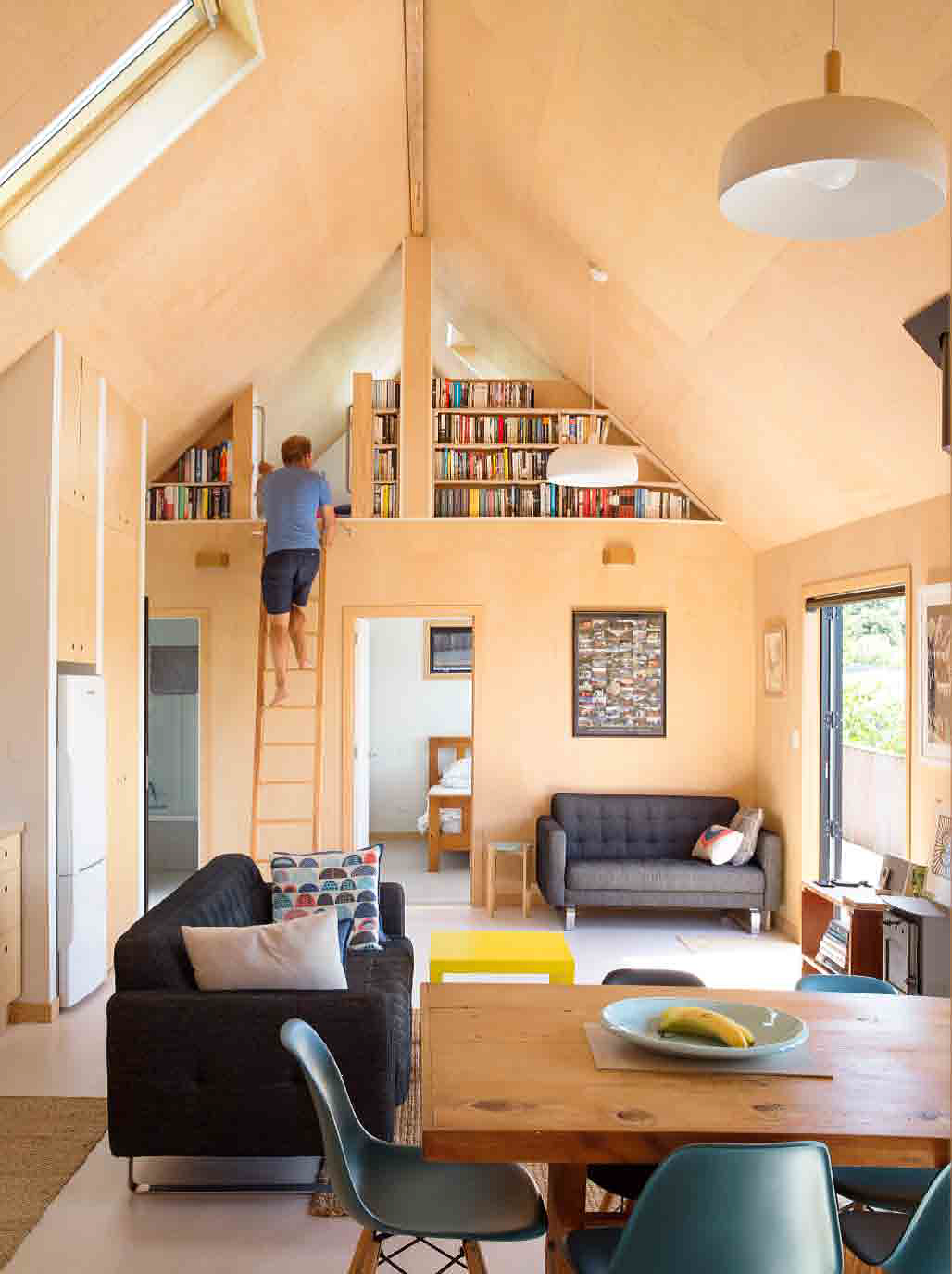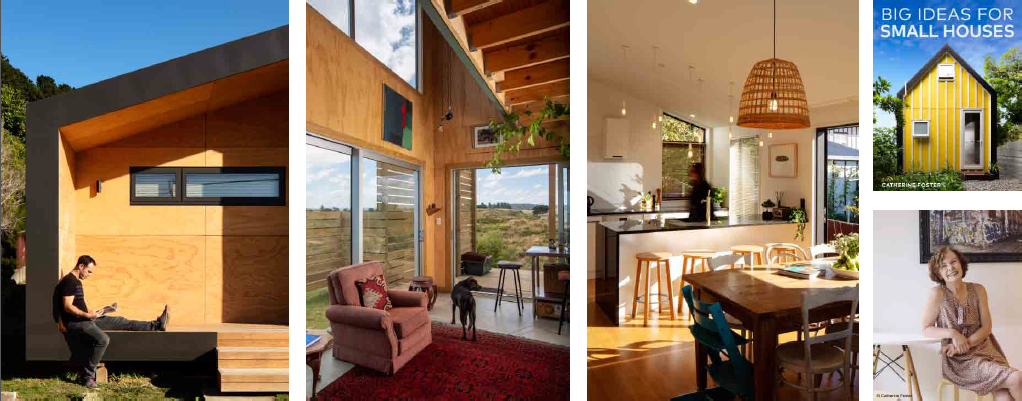 |
Out of constraints come innovative solutions.
It’s a concept that author Catherine Foster encountered frequently while working on her new book, Big Ideas for Small Houses.
Featuring 20 homes in New Zealand that make optimal use of their diminutive size, the book showcases some brilliant solutions for those struggling to enter the housing market or looking to downsize.
Big Ideas for Small Houses is Foster’s fifth book in four years, and pursues ideas that she previously explored in 2015’s Small House Living.
Those building these homes, rather than feeling like they’re making huge compromises, gladly inhabit a smaller space.“An ever growing group of homeowners are definitely happy with a smaller footprint and do not see it as a compromise,’’ Foster observes. ``As design awareness grows (thanks largely to the net and the ongoing presence of books like Small House Living), less and less emphasis is put on size, and more and more on combining functionality with contemporary aesthetics.’’
In researching houses for the new book, Foster has concluded that an increasing number of people are adopting that attitude.
She says that it’s not as overt as the ‘tiny home movement’, but is a more subtle phenomenon bred from a few contemporary factors.
Increasing land cost is an obvious one, and it’s linked to an increase in labour costs due to New Zealand’s shortage of skilled labour across the trades. As Foster notes, a well designed, smaller footprint home is an obvious answer to these issues.
Coupled to this is the aversion to conspicuous consumption that is an emerging trait among the younger generations.
“As a matter of generational taste they prefer to consume inconspicuously - and housing is merely one of the ways this is demonstrated,” Foster says. “The emphasis is on conscious consumerism. Combine this with the lack of housing affordability and you get a growing interest in building smaller but cleverer homes, or making small existing homes work better.”
Many of the homes included in Big Ideas for Small Houses are obviously the first homes of their owners. There are responses to the huge expense of home ownership, urban infill, those pooling resources, and more.
Universally, they make amazing use of the limited space available. This applies to both the highly restrictive size of the sites, and optimising every millimetre internally.
Foster is constantly impressed by the creative solutions that she encounters. “Lateral thinking, planning outside the box are expected from the highly trained professionals in the field,” she says. “But often equally creative are the home owners who design their own homes - Simon Road House (in Raglan) is a case in point. Adding height and therefore volume to a small footprint allowed office space and sleeping lofts to be positioned above the bedrooms.”

Far left and left: Seatown House, Wellington. (Photos: Jason Mann). Middle: Skyskraper Studio Whanganui. (Photos: Tracey Grant). Left: Author Catherine Foster.
As the author notes, what are now considered smaller homes are really the size of the average home during the mid-20th Century. And the smallest in the book are the same size as the urban apartments of a century ago.
But as Foster explains, increasingly sophisticated architectural design and a growing awareness of correct positioning on a site mean that contemporary small homes are far more functional and more aesthetically pleasing than those built in the middle decades of the last century.
Big Ideas for Small Houses by Catherine Foster is published by Penguin Books NZ.


















